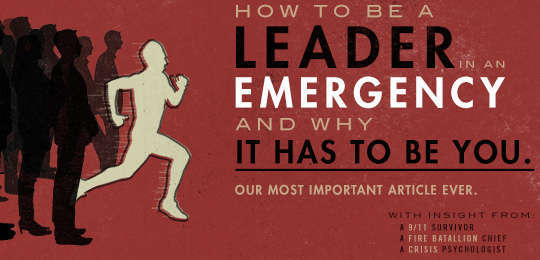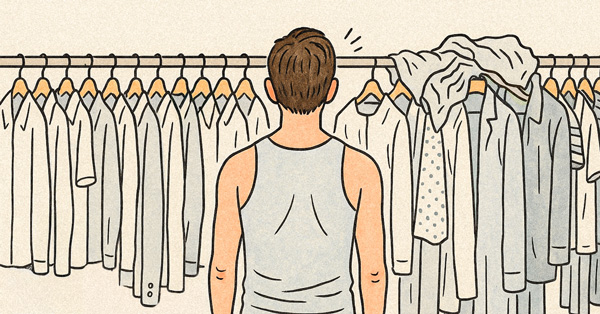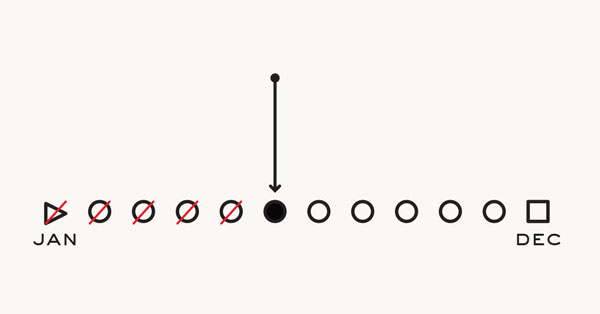“Work smarter not harder.”
Perhaps you buy into Tim Ferriss’s Four-Hour Work Week. Perhaps you believe in the 60-hour work week. No matter what school of thought you come from, there are always ways to be more productive.
But there is a reason my tennis coach always said something similar to us, “Play smarter, not harder.” Of course it was fun for us to hit major forehands and overheads like Pete Sampras, but when the percentages are so long that the shots themselves will go in, why do it?
I may be going out on a limb here, but we are not Tim Ferris, nor do I actually believe that you can find success in just four hours a week. I believe there is a reason that the tagline on Ferriss’s site is, “Experiments in Lifestyle Design.” That is all this is: an experiment.
Many of us spend our days working to be paid and then come home working on our “side hustle” as Jenny Blake calls it. Or perhaps you have already hung out your shingle full-time and just need to manage your day more effectively. I’ve come up with four tips that can aid your days and help you work smarter, not harder.
Get it under control! We have written about it before and it must be said again. Somewhere along the way, e-mail became the only way we communicate – even to the person in the cubicle right behind you! Sometimes it makes sense, especially when you need a paper trail, but for quick questions, pick up the phone, stand up and ask your teammate, or wait until you meet up at the water-cooler. Sometimes even a text message is preferable to an e-mail.
For Outlook users, one cool free app is Xobni that makes your CPU heavy email system work with Gmail precision and power. DokDok is also a cool app that helps organize all the attachments that come in but that you can never seem to find again.
In researching this story, I have been looking for a system to manage follow-ups and waiting-on with something better than folders. I think I have found it in ActiveInboxHQ. The app, which is available for Firefox and Chrome, helps you create projects and reminders while still utilizing Gmail Labels.
Depending on if you are a Mac user or a PC user, some of these tips will work better than others. But I use Google Apps (Gmail) to manage my personal email accounts. Through that, I have found a free application called GQueues that has helped me manage my tasks. You can even pay to have e-mail integration.
Other people I know simply use their Google Calendars to manage each and every task and deadline. Others like Michael Hyatt use a product called Nozbe. I have also found a site called LazyMeter that I definitely want to try out. The key is not adding more work, but making your life easier.
Just like with task lists, notes and project management has a wide range of programs and applications you can use. I will first say that I have found Evernote to be extremely helpful. As a writer, I use it to manage notes on anything from ideas to research to meeting notes. They are searchable and you can add tags to any note you make. Even more powerful is the fact that with the paid version, you can add images! So that whiteboard where you ideated – yup – you can save it!
Another one that I have not personally tried out and is much more powerful is SimpleNote. It has a lot of the same features as Evernote, but in a different organizational structure.
You can do it! You can shut off your phone (or at least put it on silent). You don’t need to be connected 24-7 and if you do, make sure your clients or your boss knows that you need some time to shut off. Personally, if your team is not okay with it, then it may not be the perfect situation for you. One really cool feature if you use Google Voice is that you can set “off” times where no one can reach you.
One organization I have worked with had a better policy: if you’re in a meeting, leave your phone in your office. There’s no app for that, just an attitude.
We all should be able to work smarter which means having the ability to shut off, shut down and refresh.




















